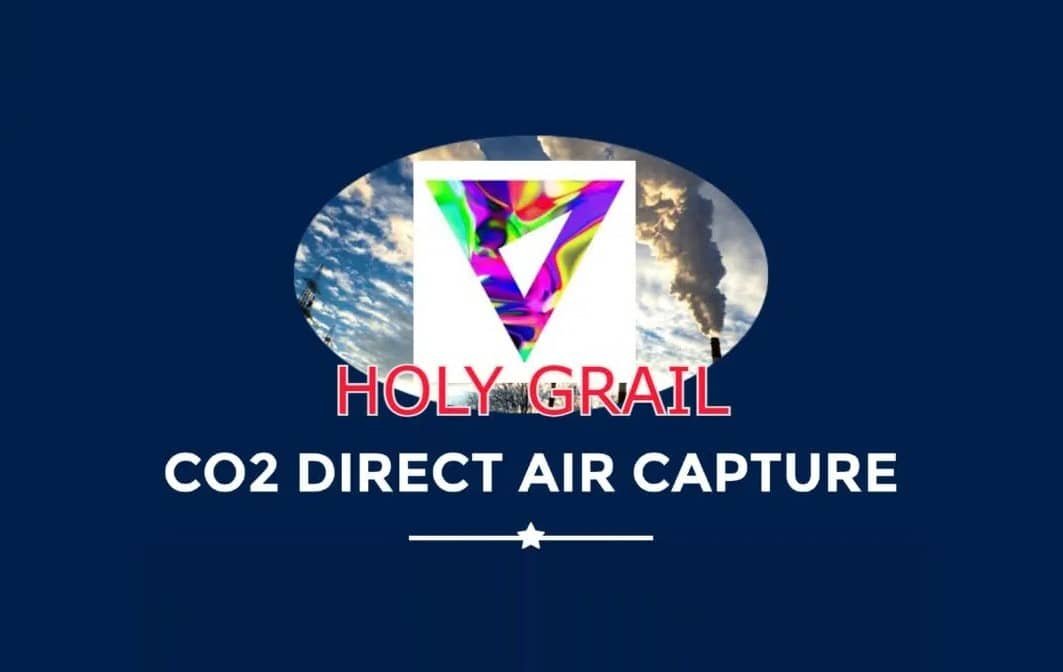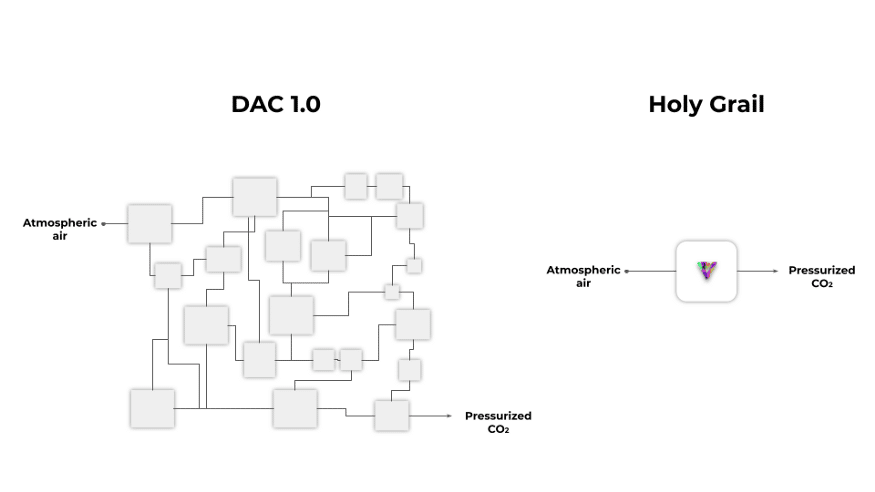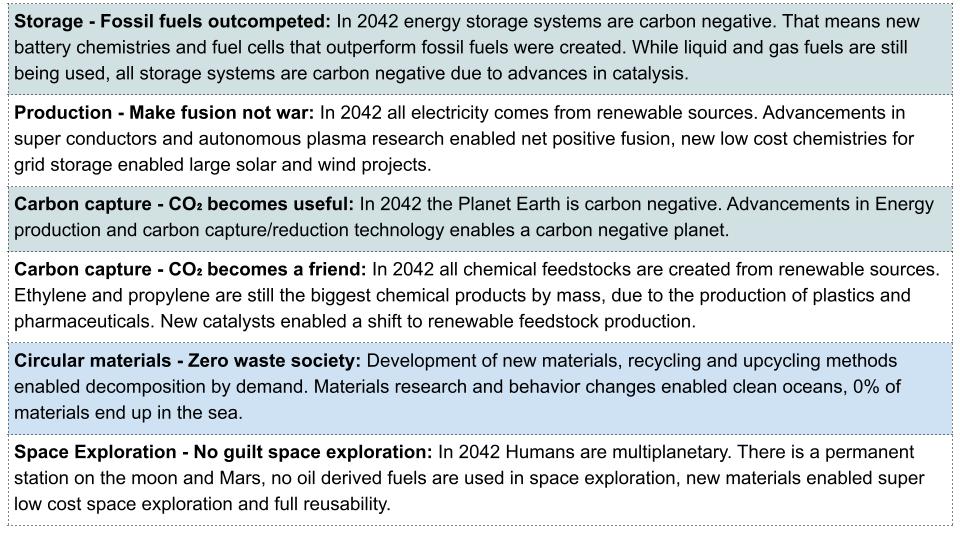A California-based startup, Holy Grail, is taking a micro approach to tackle the problem of capturing carbon dioxide through its modular direct air capture (DAC) technology.
Holy Grail is using electrons to capture CO2 from the atmosphere while generating carbon credits at the same time.
The start-up has a long development and testing phase ahead. But its DAC idea has captured the interest and capital from well-known investors and Silicon Valley founders.
The Holy Grail
Since the industrial revolution, humans have emitted ~2.4 trillion tonnes of CO2 into the atmosphere. If mankind does nothing about the rapidly rising emissions, planet Earth will be uninhabitable.
To keep the planet habitable and protect its biodiversity, the world needs solutions that make carbon removal one of the world’s largest industries. This involves developing a carbon capture technology and incentive system that scales.
That’s what Holy Grail is working on.
The startup is prototyping a DAC tech that’s modular and small. This is a departure from many similar projects that aim to capture CO2 from large emitters like power plants. This approach will cut costs and avoid the need for permits or project financing.
The company will begin by selling carbon credits, using its modular DAC devices as the carbon reducing project.
The end goal is to sell those devices to commercial customers and even individual consumers. They, too, can claim for the corresponding credits of emissions reduction they get from using the devices.
The firm’s co-founder Nuno Pereira said that:
“The carbon capture device is still in the prototype stage with many specifics (e.g. the anticipated size of the end product and how long it will likely function) still being worked out… But the company is taking a different approach to carbon capture.”
How Holy Grail’s Direct Air Capture Works
CO2 makes up only 0.04% of the atmosphere, which makes capturing it directly so hard. Some processes need high energy to pass enough air through “carbon-sticky” chemicals and unbind them with heat.
Advances in electrochemistry and material science allow simpler processes driven by electricity.
Holy Grail developed a direct air capture technology that runs on electricity at ambient temperature and pressure. The company will use electricity to control a chemical reaction that binds to CO2.
Using electrons instead of heat or pressure has good implications for what is a still nascent industry.
- The company’s DAC system resembles a discharging battery cell – atmospheric air flows through a positively charged cathode, then the CO2 molecules are ionized and transported from the cathode to the anode.
In other words, no heat or water is needed along the way, just clean electricity. This allows Holy Grail to make compact cells not much bigger than a laptop that can be stacked together.
The stackable CO2 capture cells are deployable both in small and large configurations anywhere there’s a plug. This enables the DAC tech firm to still capture CO2 without needing large scale for it to work at a low cost.
-
It reduces the heat, water, and energy requirements typically associated with manufacturing direct air capture (DAC 1.0).
The system lends itself well to modular cells that can just as easily scrub CO2 at a household level as at an industrial site with cells piled on top of one another.
The firm calls the cells “scrubbers”. They can be stacked or configured depending on a customer’s requirements.
In a sense, Holy Grail’s DAC devices will empower everyone to join the carbon capture industry by being carbon neutral or negative.
The scrubbers will focus on raw capture of CO2 rather than conversion (converting the CO2 into fuels, for instance).
Planet Earth in 2042
To remove CO2 at the scale necessary to keep the planet habitable for all living things (billions of tonnes of carbon a year), there needs to be an improvement in the technology to capture, store, and convert CO2 into usable products.
With Holy Grail’s direct air capture system, it aims to help build the planet by 2042 with the following living conditions:
In sum, humans coexist with nature with exponential technological progress and no negative impact in 2042.
The DAC startup hopes to achieve all those living conditions in 2042 with the capacity to capture CO2 directly from the air.
Such vision is shared by a couple of investors and partners including:
- Lowercarbon Capital
- Goat Capital
- Deep Science Ventures
- Y Combinator
- Starlight Ventures
- 35 Ventures
Thus, by taking a modular approach, Holy Grail enables faster manufacturing and easy deployment at scale of DAC solutions to climate change.



